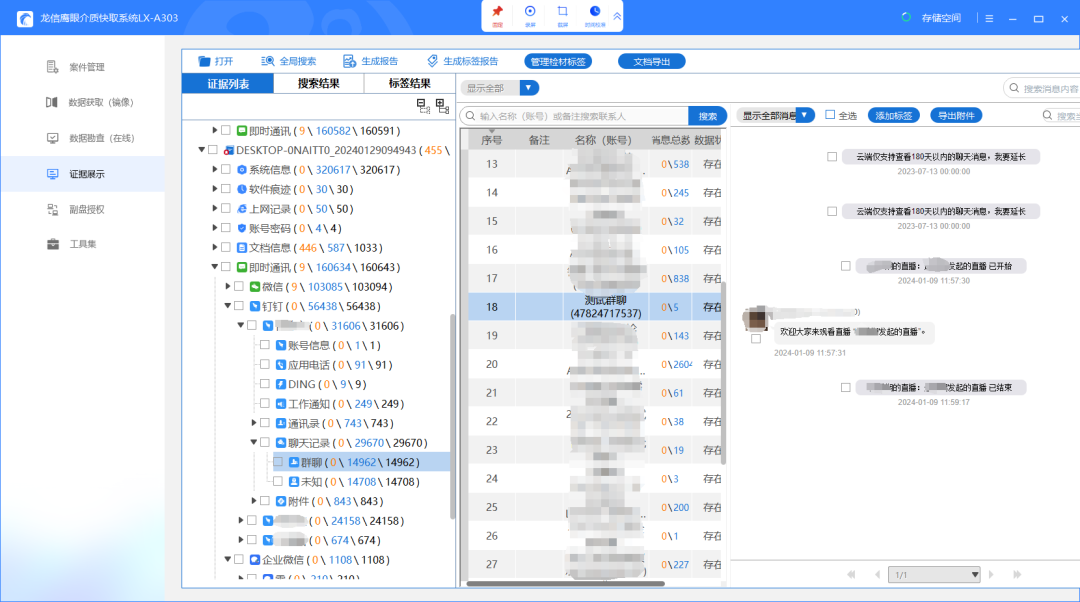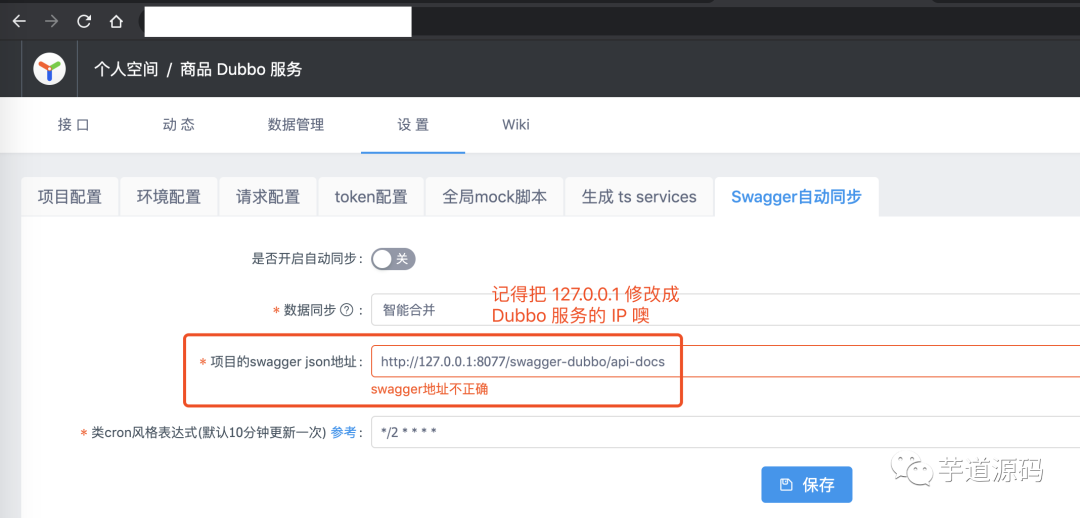文章目录
- 1. 相关理解
- 2. 基本使用
- 2.1 安装
- 2.2 嵌套路由
- 2.3 路由传参
- 2.3.1 query
- 2.3.2 路由的命名
- 2.3.3 params
- 2.4 路由的props配置
- 2.5 routerlink的replace属性
- 3. 编程式路由导航
- 4. 缓存路由组件
- 5. 两个新的生命周期钩子
- 6. 路由守卫
- 6.1 全局前置 / 后置路由守卫
- 6.2 独享路由守卫
- 6.3 组件内路由守卫
- 7. 路由器的hash和history模式
- 8. Vue Ul组件库
1. 相关理解
- vue-router的理解
Vue的一个插件库,专门用来实现SPA应用 - 对SPA应用的理解
- 单页Web应用(single page web application – SPA)。
- 整个应用只有
一个完整的页面。 - 点击页面中的导航链接
不会刷新页面,只会做页面的局部更新。 - 数据需要通过ajax请求获取。
- 路由的理解
- 什么是路由?
- 一个路由就是一组映射关系(key-value)
- key为路径value可能是function或component
- 路由分类
- 后端路由:理解:value是function,用于处理客户端提交的请求。
- 工作过程:服务器接收到一个请求时,根据请求路径找到匹配的函数来处理请求返回响应数据。
-
- 前端路由:
- 理解:value是component,用于展示页面内容。
- 工作过程:当浏览器的路径改变时,对应的组件就会显示。
2. 基本使用
2.1 安装
- 安装vue-router,.命令:
npm i vue-router@3 (3版本是vue2版本)
- 应用插件:Vue.use(VueRouter)
- 编写router配置项:
// 引入VueRouter
import VueRouter from 'vue-router'
// 引入Luyou组件
import About from '../components/About'
import Home from '../components/Home'
// 创建router实例对象,去管理一组一组的路由规则
const router = new VueRouter({
routes:[
{
path: '/about',
component: About
},
{
path: '/home',
component: Home
}
// 暴露router
export default router
- 实现切换(
active-class可配置高亮样式)
<router-link active-class="active"to="/about">About</router-link>
- 指定展示位置
<router-view></router-view>
几个注意点
- 路由组件通常存放在
pages文件夹,一般组件通常存放在components文件夹; - 通过切换,隐藏了的路由组件,默认是被销毁掉的需要的时候再去挂载;
- 每个组件都有自己的$route属性,里面存储着自己的路由信息;
- 整个应用只有一个router,可以通过组件的$router属性获取到。
2.2 嵌套路由
- 配置路由规则,使用childreni配置项:
routes: [
{
path:'/about',
component:About,+
},
{
path:'/home',
component Home,
children:[
// 通过children配置子级路由
{
path:'news', //此处一定不要写 '/news'
component:News
},
{
path:"message',//此处一定不要写:/message
component:Message
}
]
}
]
- 跳转(要写完整路径):
<router-link to="/home/news">News</router-link>
2.3 路由传参
2.3.1 query
- 传递参数
<!-- 跳转并携带query参数,to的字符串写法 -->
<router-link :to="`/home/message/detail?id=666&title=你好`">跳转</router-link>
<!-- 跳转并携带query参数,to的对象写法 -->
<router-link
:to="{
path: '/home/message/detail',
query: {
id:666,
title:'你好'
}
}"
>跳转</router-link>
- 接收参数:
$route.query.id
$route.query.title
2.3.2 路由的命名
- 作用:可以简化路由的跳转。
- 写法:
routes:[
{
name:'guanyu',
path:'/about',
component:About
}
...
]

2.3.3 params
- 配置路由,声明接收params参数
{
path: '/home',
component: Home,
children:[
{
path:'news',
component:News
},
{
path: 'Message',
component: Message,
children:{
name: 'xiangqing',
path: 'detail/:id/:title', //使用占位符声明接收params参数
component:Detail
}
}
]
}
- 传递参数
<!-- 跳转并携带params参数,to的字符串写法 -->
<router-link :to="/home/message/detail/666/你好">跳转</router-link>
<!-- 跳转并携带params参数,to的对象写法 -->
<router-link
:to="{
name: 'xiangqing',
params:{
id:666,
title:'你好'
}
}"
>跳转</router-link>
特别注意:路由携带params参数时,若使用to的对象写法,则不能使用path配置项,必须使用name配置!
- 接收参数:
$route.params.id
$route.params.title
2.4 路由的props配置
作用:让路由组件更方便的收到参数
{
name: 'xiangqing',
path: 'detail/:id',
component: Detail,
// 第一种写法,props值为对象,该对象中所有的key-valuef的组合最终都会通过props传给Detail组件
// props:{a:900)
//第二种写法,props值为布尔值,布尔值为true,则把路由收到的所有params参数通过props传给Detai1组件
// props:true
//第三种写法:props值为函数,该通数适回的对象中每一组key-value都会通过propst传给Detai1组件
props(route){
return {
id:route.query.id,
title:route.query.title
}
}
}
2.5 routerlink的replace属性
- 作用:控制路由跳转时操作浏览器历史记录的模式
- 浏览器的历史记录有两种写入方式:分别为
push和replace,push是追加历史记录,replace是替换当前记录;路由跳转时候默认为push。 - 如何开启
replace模式:
<router-link replace ... >News</router-link>
3. 编程式路由导航
- 作用:不借助<router-.1ink>实现路由跳转,让路由跳转更加灵活
- 具体编码:
// $router的两个API
this.$router.push({
name: 'xiangqing',
params:{
id:xxx,
title:xxx
}
})
this.$router.replace({
name:'xiangqing',
params:{
id:xxx,
title:xxx
}
})
this.$router.forward() // 前进
this.$router.back() // 后退
this.$router.go() // 可前进 可后退 参数为数字,表示前进或后退几步
4. 缓存路由组件
- 作用:让不展示的路由组件保持挂载,不被销毁。
- 具体编码:
<keep-alive> // include,表示缓存下面router-view区出现的所有路由组件
<router-view></router-view>
</keep-alive>
<keep-alive include="News"> // News指的是组件名,也可以不写include,表示缓存下面router-view区出现的所有路由组件
<router-view></router-view>
</keep-alive>
<keep-alive :include=["News","Message"]> // 表示数组中对应的路由组件
<router-view></router-view>
</keep-alive>
5. 两个新的生命周期钩子
- 作用:路由组件所独有的两个钩子,用于捕获路由组件的激活状态。
- 具体名字:
activated路由组件被激活时触发;deactivated路由组件失活时触发。
我理解的是:
缓存路由组件时,正好其组件内部存在定时器或者其他的东西,当失去对这个组件的关注时,我们希望将定时器暂时关闭且不销毁组件,那么就需要使用到activated和deactivated两个生命周期钩子。
6. 路由守卫
6.1 全局前置 / 后置路由守卫
- 作用:对路由进行权限控制
- 分类:全局守卫、独享守卫、组件内守卫
- 全局守卫:
// 全局前置守卫:初始化时执行、每次路由切换前执行
router.beforeEach((to,from,next)=>{
console.log('beforeEach',to,from)
if(to.meta.isAuth){
// 判断当前路由是否需要进行权限控制
if(localStorage.getItem('school')='atguigu'){
// 权限控制的具体规则
next() // 放行
}else{
alert('暂无权限查看')
// next({name:'guanyu'})
}else{
next() // 放行
}
})
// 全局后置守卫:初始化时执行、每次路由切换后执行
router.afterEach((to,from)=>{
console.log('afterEach',to,from)
if(to.meta.title){
document.title=to.meta.title //修改网页的title
}else{
document.title = 'vue_test'
}
})
注:一般在设置路由时设置meta属性,保存该路由是否需要经过校验,或者更换页面的title(后置路由守卫)
routes: [
{
...
meta: {
isAuth: true,
title: 'List'
}
},...
]
6.2 独享路由守卫
独享路由守卫 – 对某个路由设置
// 独享路由守卫
beforeEnter(to,from,next){
console.log('beforeEnter',to,from)
if(to.meta.isAuth){
// 判断当前路由是否需要进行权限控制
if(localStorage.getItem('school')=='atguigu'){
next()
}else{
alert('暂无权限查看')
// next({name:'guanyu'))
}
else{
next()
}
6.3 组件内路由守卫
// 进入守卫,通过路由规则,进入该组件时被调用
beforeRouteEnter (to,from,next){
}
// 离开守卫:通过路由规则,离开该组件时被调用
beforeRouteLeave (to,from,next){
}
❗️注意区分❗️
这里的两个守卫分别是进入组件前和离开组件前触发;
全局前置 / 后置守卫是进入组件前后触发。
7. 路由器的hash和history模式
- 对于一个url来说,什么是hash值?一#及其后面的内容就是hash值.
- hash值不会包含在HTTP请求中,即:hash值不会带给服务器。
- hash模式:
- 地址中永远带着#号,不美观。
- 若以后将地址通过第三方手机app分享,若app校验严格,则地址会被标记为不合法。
- 兼容性较好。
- history模式:
- 地址干净,美观。
- 兼容性和hash模式相比略差。
- 应用部署上线时需要后端人员支持,解决刷新页面服务端404的问题。
connect-history-api-fallback 解决history模式舒心出现404问题。
8. Vue Ul组件库
- 移动端常用U1组件库
- Vant https://youzan.github.io/vant
- Cube Ul https://didi.github.io/cube-ui
- Mint Ul http://mint-ui.github.io
- PC端常用UI组件库:
- Element Ul https://element.eleme.cn
- IView Ul https://www.iviewui.come



















